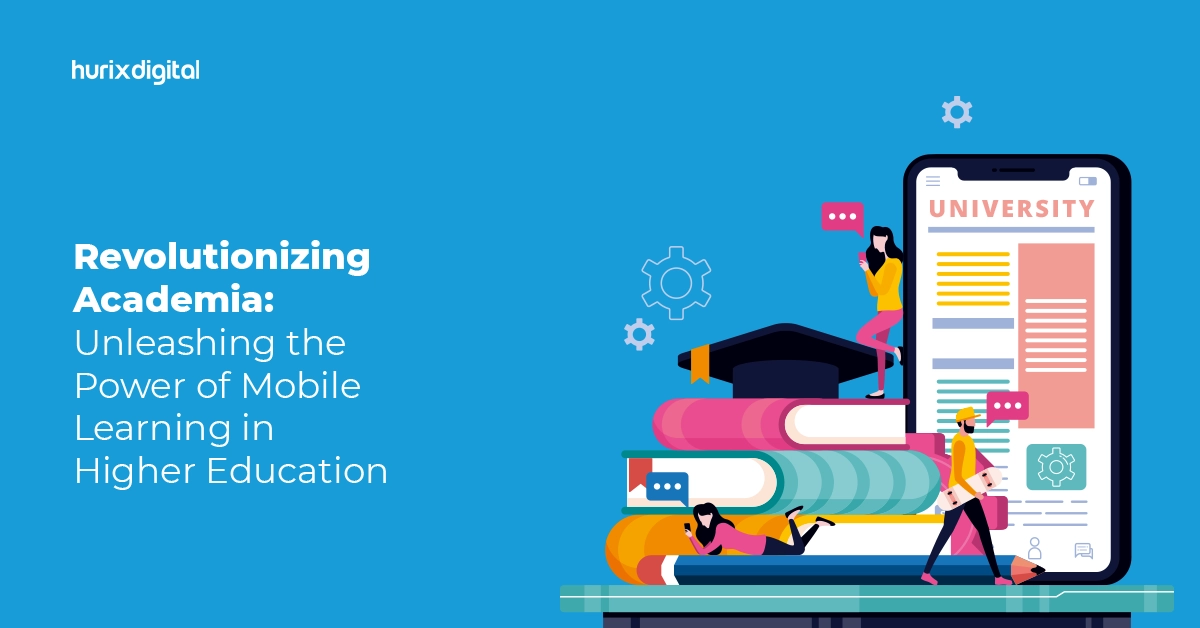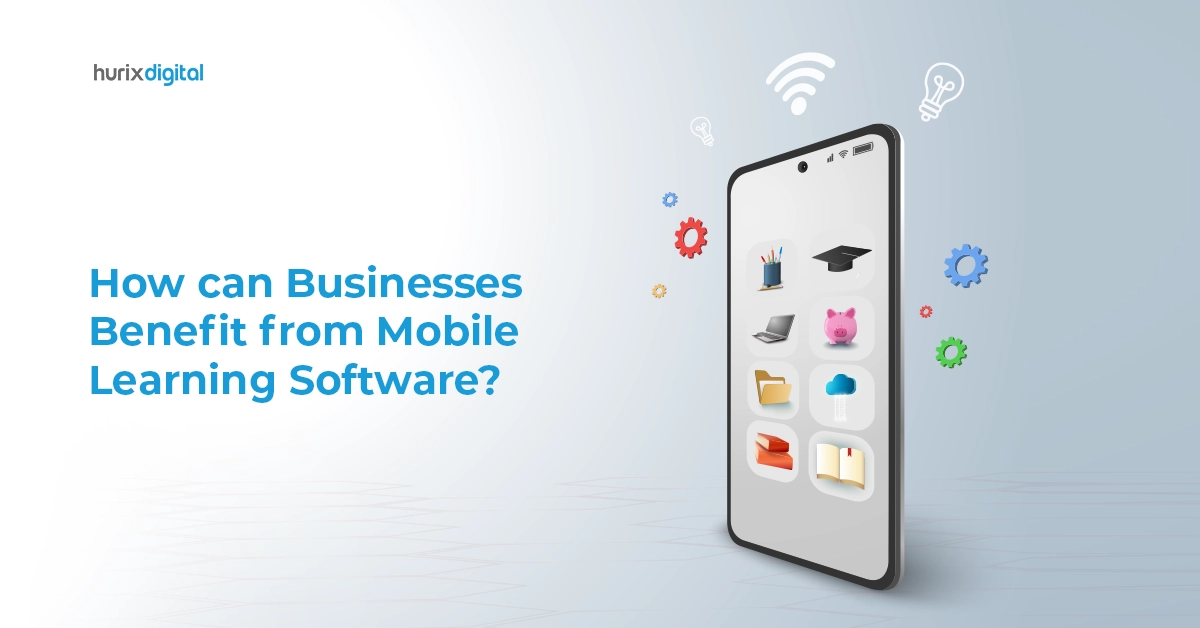Mobile learning has witnessed explosive growth over the past few years and has become an integral feature of eLearning platforms and Learning Management Systems (LMS), either as an alternative or an additional way to supplement online learning. And as more and more L&D departments make the switch to mobile learning, they have realized that mobile-first learning provides a different experience altogether compared to the traditional classroom-based learning and even eLearning as we know it.
Some of the more noticeable mobile learning trends are gamification and microlearning. Gamification is learning in the form of games consisting of levels and branching scenarios that allow the learners to trace their own learning paths. On successfully completing a level, they are rewarded in the form of points etc., to motivate them on their learning journey. Microlearning, on the other hand, is a way to divide the lessons into small bite-sized pieces, which learners can consume and assimilate at one go. Both microlearning and gamification point to the benefits of mobile learning and how it can be leveraged to provide engaging and immersive content and transfer control of the learning from the instructors to the learners.
Once you have decided to make mobile learning an integral aspect of your overall learning and development strategy, the next step should be to decide on the content that would be a win-win both for your company and your learners.
Guide: How to Create an Online Training Program for Employees
Here in this blogpost, we discuss how to make your traditional eLearning and classroom material ready for mobile learning.
These steps will support and encourage your learners to adopt the self-paced learning approach, which is the hallmark of mobile learning.
1. Organize Your Content
The content that you currently have as part of your eLearning course may not be directly converted into mobile learning course. It can, however, be repurposed to seamlessly integrate with your mobile learning strategy. Go through your existing content and find patterns and similarities, if any. This will help you break down the content into categories. Continue with the process till large chunks of information become classified into topics and lessons. Next, break down lengthy text in each lesson into bullet points and then highlight the key points, either in bold or different-colored font. Introduce each concept as succinctly as possible, the introduction can be a sentence or a phrase and then followed by the bullet points, diagram or infographics.
2. Keep it Short
Keep in mind that your learners will access mobile learning course at one go since they won’t have enough time to sit down and go through a lengthy, say 30 minutes module. Note that the learners are going to access the mobile learning course whenever and wherever. Also, all virtual learners are distracted to some degree, and this is all the more relevant for mobile users since they are dealing with myriads of distractions while trying to absorb information. This is why it is crucial to keep your mobile learning content crisp, information-packed, engaging and powerful. You have to be able to attract attention immediately and then hold it by providing crucial bits of knowledge they need to achieve real-life benefits. In mobile learning, the lesser the cognitive load, the better it is.
3. Format Your Content for Easy Readability
Your learners just have a small window to access the mobile learning course, and more often than not, they will be rushed for time and so you need to get in as much information as quickly as possible. A well-thought out design strategy will increase the effectiveness of your mobile learning. You can create templates which you can reuse in all your mobile learning courses. All you have to do is to change the content and multimedia elements in these pre-designed layouts.
4. Use Various Multimedia Formats
Mobile learning is effective only if the content is engaging, immersive, and entertaining at the same time. A major benefit of mobile learning is that the content is packaged in a way that learners learn without even realizing it. Gamification and microlearning are just two examples of how mobile learning can be such an enriching experience. Accentuate the visual experience and reduce text to make content more engaging. Add interactive elements to pull in the learners and then hold their attention.
5. Images
Choose images wisely such that they reinforce the text, create focal point of interest and facilitate genuine interest in the subject under study. An appealing visual design helps learners stay focussed and attentive.
6. Use Audio and Video
Video is one of the most popular formats for mobile learning. You don’t have to invest in expensive videos – there are several free software available online, which you can use to create your course content. You can use your in-house talent for voice overs, and free editing tools to edit the video content. Videos, if made properly, usually guarantee audience engagement and are also effective for long-term learning. If you decide to produce audio-video content, make sure to invest in high-quality recording materials and take time out to understand how to make engaging videos.
7. Adapt the Learning Pace
Mobile learning is a great way to encourage your learners to take control over their learning, and learn at their own pace. With mobile learning, learners can move at different speeds. If you are using a learning management system (LMS) to deliver your training, you can have some control on the speed at which you release the course content. You could design each learning cycle to be of around 15 minutes, including entering the learning experience, absorbing the information and then exiting the experience with a sense of accomplishment, and ready to move up the next rung of the learning ladder.
In Conclusion
Mobile Learning has numerous advantages over traditional learning methods, to drive employee engagement, retention and completion rates. Given the present scenario where remote learning and work-from-home are new normal, mobile learning goes a long way in terms of delivering an effective eLearning program for your employees. All it takes is repurposing your legacy eLearning content into mobile-friendly formats by an expert team.











